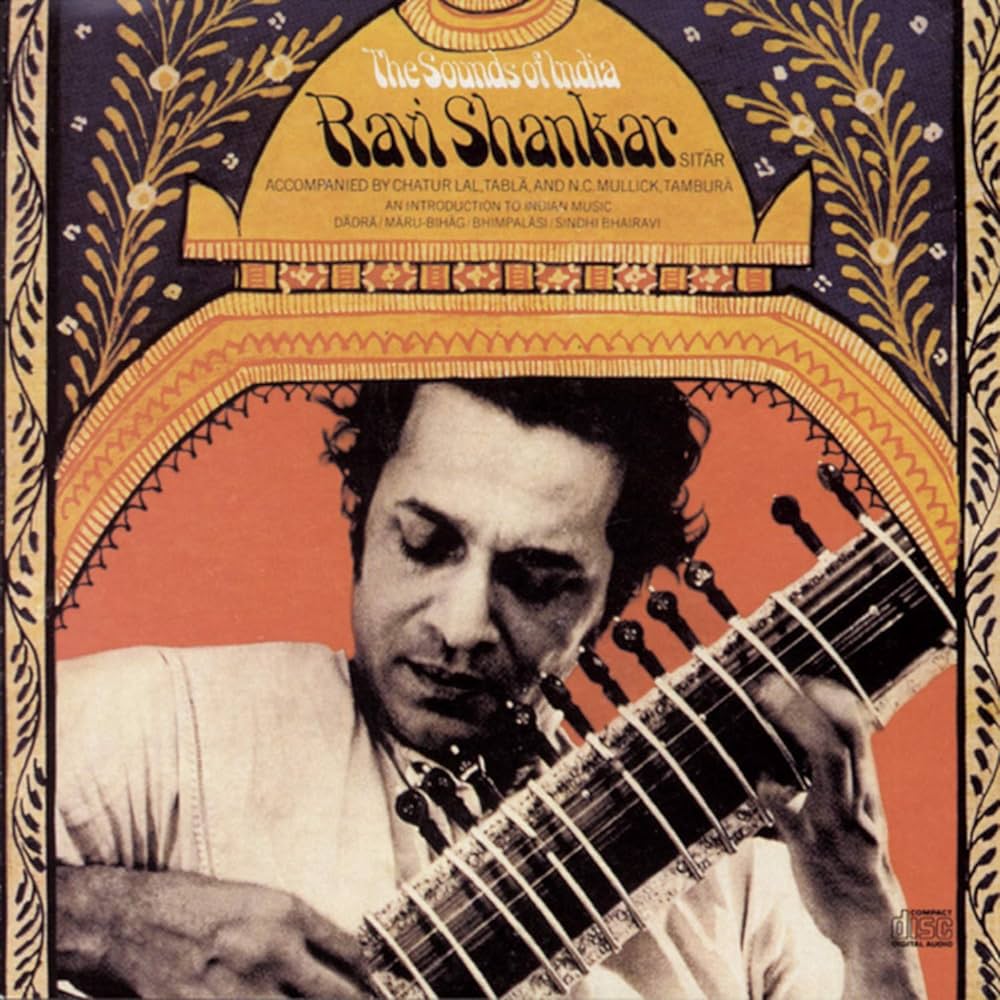
Born in 1920 in Varanasi, a city steeped in spirituality, Ravi Shankar started his career as a dancer in his brother Uday Shankar's troupe. However, it was when he picked up the sitar that his true calling was unveiled. He often said, “Music is the language of the spirit that transcends all boundaries.”
Shankar's influence peaked in the 1960s when his collaborations with Western musicians, notably George Harrison of The Beatles, opened a new world of sonic possibilities. This cultural fusion was a pivotal moment in music history, showcasing that there are no boundaries in the universal language of music.
Shankar's performances were not just a feast for the ears but also for the soul. “When I play, I feel a communion with my audience,” he said. This communion was felt during his memorable performance at the Monterey Pop Festival in 1967, where he played under pouring rain, captivating the audience with the purity and virtuosity of his art.
Ravi Shankar was not just a musician; he was a cultural ambassador. His commitment to peace and mutual understanding through music earned him respect and admiration worldwide. He taught many students, including his daughter, Anoushka Shankar, who continues to carry on his legacy.
Reflecting on Ravi Shankar's impact, one can't help but think of his words: “Music can change the world because it can change people.” Ravi Shankar didn't just change music; he changed how we listen to and appreciate the beauty of different cultures.
The album : The Sounds of India
Released in 1968, Ravi Shankar's album “The Sounds of India” stands as a cornerstone of Indian classical music and a remarkable cultural bridge between India and the West. This album is not just a collection of music pieces but a journey into the soul and essence of the Indian musical tradition.
In this album, Shankar does more than play; he educates. Through spoken introductions, he guides the listener through the complexities of ragas and talas, the melodic and rhythmic structures at the heart of Indian classical music. These explanations make the album accessible even to those unfamiliar with this genre.
The piece “An Introduction to Indian Music” is particularly notable. Here, Shankar deconstructs the basic elements of Indian music, allowing for a deeper understanding of the pieces that follow. His pedagogical approach opens a new world to Western listeners, unveiling the subtleties of an ancient musical tradition.
In pieces like “Dadra” and “Maru-Bihag,” Shankar showcases the richness and diversity of ragas. Each raga is an entity unto itself, with its own rules and emotional ambiance. The album thus becomes an immersive experience, where the listener is invited to feel the emotional and spiritual nuances of Indian music.
The recording of “The Sounds of India” demonstrates Shankar's technical mastery and his ability to communicate the intricacies of his art. This album is a testament to his musical genius and his desire to share his passion for Indian music with the world.
Where to listen to The Sounds of India?
- Listen to The Sounds of India on Spotify
- Listen to The Sounds of India on Deezer
- Listen to The Sounds of India on Youtube